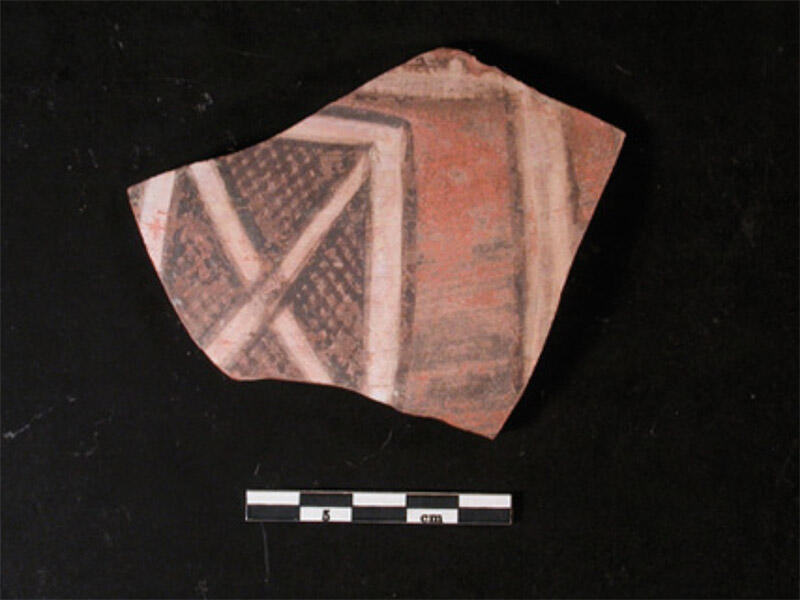A rare article looking in detail at something archaeologists usually do not focus on, but was and is of immense importance in art and human experience. Ancient Balochistan before the Indus period was known for some of the most vibrant colour pottery in South Asia. "The paper aims to present the main results of a study carried out on a pottery collection from major archaeological sites in Balochistan and from the site of Mundigak in southern Afghanistan. The question of the polychrome painting is raised from technical, stylistical, functional or even ideological aspects" (p. 126) writes the author, Aurore Didier, a French archaeologist with long experience in Pakistan as part of Catherine and Jean-François Jarrige's French Archaeological Mission in the region which first excavated at Mehrgarh. Indeed, the first use of polychrome painting dates to that period, approximately 7,000 BCE. As she writes aptly of Balochistan, "it differs from the other regions of the Indo-Iranian borderlands by the quality and the diversity of its craft productions, particularly in the field of the pyrotechnological industries" (p. 140).
This well-illustrated paper, full of stunning examples of painted pottery, confirm that "while the overall pottery productions from the Indus Valley do not reach the high level of technical skill developed by the Balochistan potters in the Chalcolithic period, the development of this craft tradition might suggest that the two regions had close relationships around 3000 BC, allowing technological transfers" (p. 148). Why this is the case remains unclear, and Didier points to the need for further research, but her paper lays out the question in fine detail, reminding us that ancient civilizations had enormous complexity and connections we are often hardly aware of in modern times.
images: 1. Polychrome wares in the Indo-Iranian borderlands during the 4th and 3rd millennia BC. (Carte : H. Balfet & A. Didier ; Photos ©MAFM, ©MAI, ©MAFTUR et d’après Basaglia, P. et al., 1977 : fig. 30 ; Durrani, F.A., 1988 : pl. XVIA ; Franke-Vogt, U., 2005c : abb. 16 ; Catalogue d’exposition Les cités oubliées de l’Indus. Archéologie du Pakistan, 1988 : no 123. Paris : Association française d’Action artistique ; Madjidzadeh 2003 : 73).
2. Fine bichrome red ware from Miri Qalat (Makran). Picture A. Didier.




